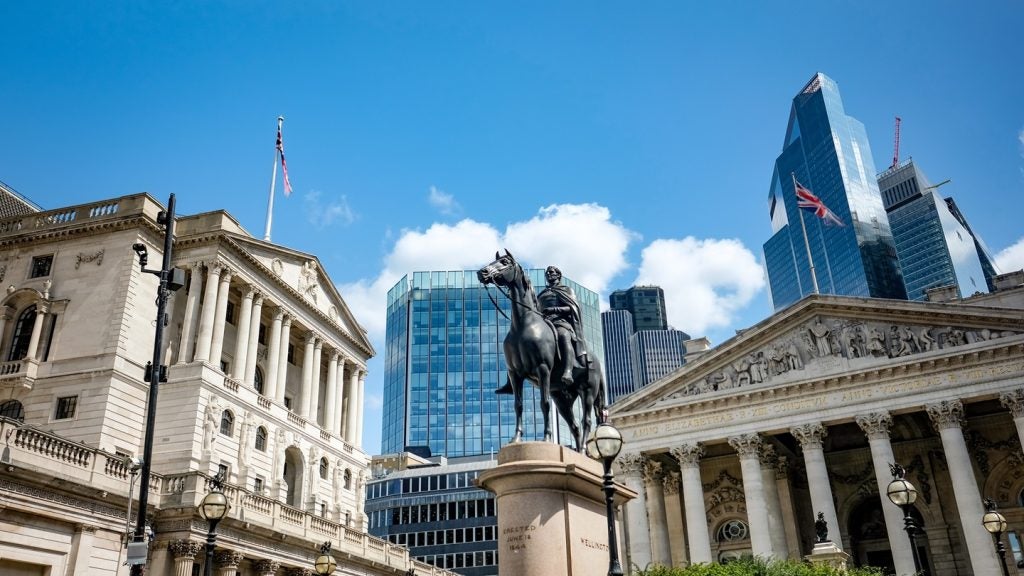
The UK saw uneven rates of prosperity growth over the last year, according to the third edition of the annual UK Prosperity Map from Barclays Wealth & Investments.
Against a backdrop of fluctuating economic conditions and Brexit negotiations, the 2017 UK Prosperity Map shows that, while most areas of the country are more prosperous overall than last year, in many cases cities are outpacing their wider region, with clear disparities opening up when it comes to GDP per capita and earnings.
The research uses factors including numbers of millionaires, average earnings, business growth rates, house prices, and GDP per capita to generate a ‘Prosperity Index Score’ for each UK region and city.
London outpaced by cities in the North
Barclays Wealth & Investments said while London continues to dominate as the UK’s most prosperous city, other cities saw positive trends over the last year.
Newcastle and Birmingham saw the biggest year-on-year increases in GDP per capita, at 4.4% and 4.2% respectively, growth well in excess of the overall UK figure over the same period (1.8%). .
When it comes to house prices, almost every city has seen higher house price growth than London (up 3%), with Birmingham (8%) and Manchester (7%) seeing the biggest increases.
Newcastle saw the greatest increase in average earnings of any UK city, up 6.3% – but this isn’t reflected in the wider North East region, which actually saw a 0.3% decrease in earnings. This points to the city as an island of growth in a region facing economic challenges.


Source for tables above: Barclays Wealth & Investments
Birmingham start-up hub
Birmingham is also booming when it comes to start-up businesses – the city saw the highest business birth-to-death ratio of any in the UK with 1.81 businesses being created for every closure, beating London (1.78).
At a regional level, London comes out top, but the West Midlands as a whole also ranks highly with a business birth-to-death ratio of 1.55, possibly indicative of a ‘ripple effect’ from Birmingham at the region’s economic heart.
Newcastle saw the greatest increase in average earnings of any UK city, up 6.3% – but this isn’t reflected in the wider North East region, which actually saw a 0.3% decrease in earnings. This points to the city as an island of growth in a region facing economic challenges.
Dena Brumpton, chief executive, wealth & investments, Barclays, said: “The last twelve months have seen fluctuations in the UK economy, and this is reflected in the mixed picture of prosperity growth across the country in this year’s UK Prosperity Map. It’s encouraging to see that people across the country are benefiting from higher earnings and the momentum created by greater GDP per capita.”
UK’s millionaire population
The UK’s millionaire population grew by 7.6% year-on-year in 2016. Every region saw an increase in its number of millionaires since last year’s research, except Scotland, which saw no change.
The East Midlands and South West saw the highest percentage growth in their millionaire population between 2015 and 2016 (11.1% and 10.5% respectively).
Despite uncertainty in the wider economic and political landscape over the last year, several macroeconomic indicators have seen widespread positive growth: GDP per capita increased in every region and city of the UK, with the North West seeing the biggest increase at a regional level (3%).
Survey
A survey conducted alongside the UK Prosperity Map research, showed that the average personal disposable income of UK adults is £281 per month after paying for essentials such as food, household bills and housing costs.
When asked what they do with this money, other than spend it on leisure activities: 46% said they are mostly likely to put this into a savings account; 21% spend on necessary purchases; 21% spend on something they want but don’t necessarily need; and 15% spend it on home improvements. Just 12% invest this money into an ISA or pension
Commenting on the research, Paul Swinney, principal economist, centre for cities, said: “Overall, this year’s UK Prosperity Map shows that the Greater South East is still outperforming the rest of the country economically, based on its ability to attract in high-skilled business investment.”
He added: “While other areas of the country have benefited from falling unemployment, rising prices have softened the positive impact of increased wages. This research illustrates the need for the Government’s forthcoming industrial strategy to address the barriers that currently prevent over parts of the country generating prosperity for their residents that is seen in the south-eastern corner of England.”







